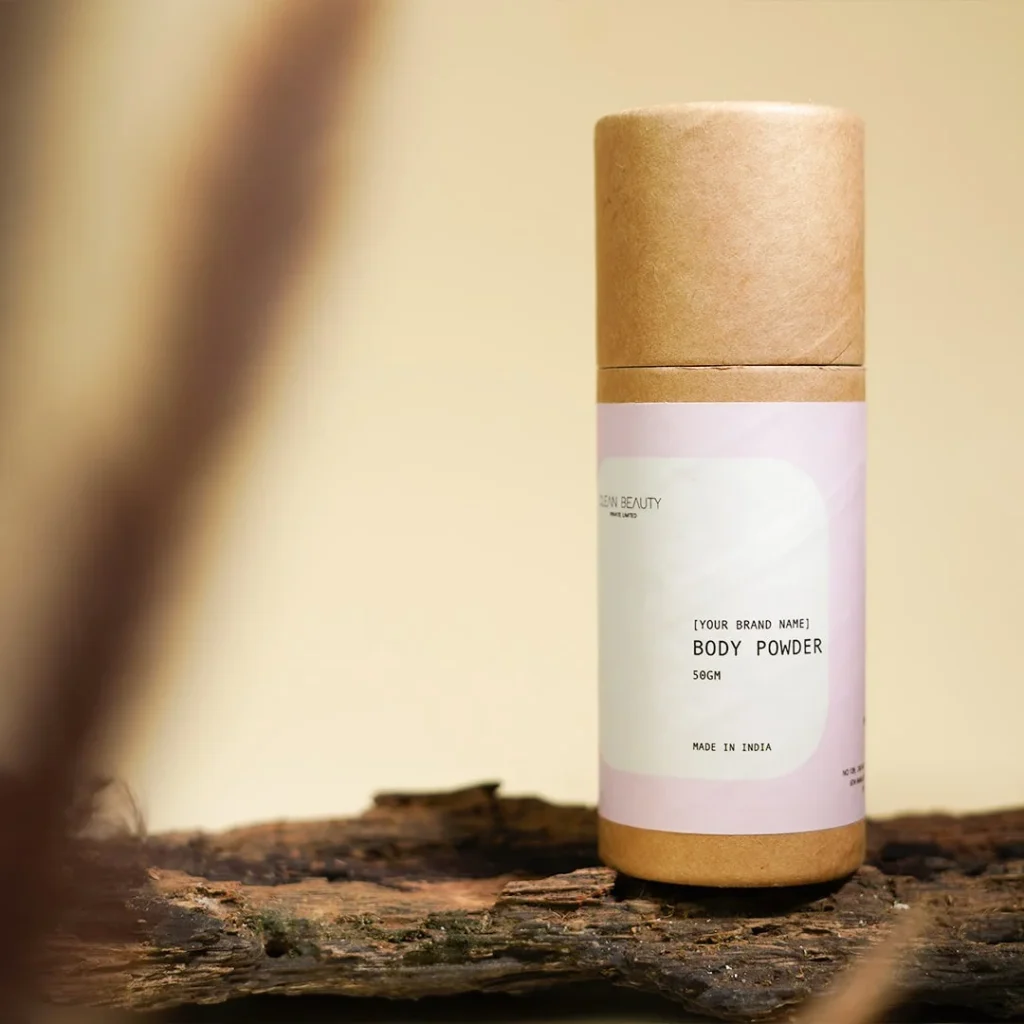Introduction
Starting a cosmetic brand is an exciting opportunity, but success in this competitive industry requires strategic planning, market insights, and strong brand positioning. Whether you’re targeting the B2B cosmetic industry or launching a direct-to-consumer brand, understanding the steps to start a cosmetic line is crucial.
This guide outlines key strategies and industry insights to help you navigate product development, branding, compliance, and marketing for a successful new cosmetic brand launch.
Understanding the Cosmetic Industry Landscape
The global beauty industry is constantly evolving, with trends like clean beauty, sustainability, and personalized skincare driving consumer demand. Before launching, it’s essential to analyze:
- Market size and growth projections
- Emerging skincare and makeup trends
- Competitor positioning and pricing strategies
- Consumer preferences and purchasing behaviors
By gaining a deep industry understanding, brands can align their products and marketing strategies with current and future market demands.
Defining Your Brand Identity and USPs
A strong brand identity sets you apart in a crowded market. Key elements include:
- Brand Name & Aesthetic – Choose a name that reflects your vision and values.
- Unique Selling Propositions (USPs) – Highlight what makes your brand distinct, such as vegan formulas, dermatologist-tested products, or organic ingredients.
- Mission & Values – Define your brand’s purpose, whether it’s sustainability, inclusivity, or affordability.
Identifying Your Target Audience and Market Niche
Your target audience determines product formulation, branding, and marketing strategy. Key factors to consider:
- Demographics – Age, gender, location, and purchasing power
- Psychographics – Skincare concerns, lifestyle, and brand preferences
- Niche Segments – Clean beauty, luxury cosmetics, budget-friendly options, etc.
Clearly defining your ideal customer profile (ICP) ensures effective product positioning and messaging.
Conducting Comprehensive Market Research
Successful cosmetic brands rely on data-driven decisions. Conduct:
- Competitor Analysis – Study top brands in your niche.
- Consumer Surveys – Gather insights on preferences and unmet needs.
- Price Benchmarking – Identify competitive pricing models.
- Retail & Distribution Trends – Explore B2B and D2C opportunities.
Strong research helps refine your brand strategy and minimize risks.
Designing and Developing a Distinct Product Line
Your product range should align with market demand while maintaining uniqueness. Consider:
- Formulation Preferences – Clean beauty, cruelty-free, organic, dermatologically tested
- Product Categories – Skincare, makeup, haircare, or hybrid beauty
- Packaging & Design – Sustainable, luxury, minimalistic, or eco-friendly packaging
- Testing & Prototyping – Ensure products meet performance expectations
A well-planned product development strategy leads to higher brand credibility and customer loyalty.
Navigating Regulatory Compliance and Quality Standards
Cosmetic brands must comply with global and local regulations to ensure safety and transparency. Key considerations:
- FDA, EU, and ISO Standards – Depending on your market
- Ingredient Labeling & Claims – Avoid misleading or unapproved claims
- Testing & Certifications – Stability testing, cruelty-free, vegan, or dermatological approvals
Regulatory compliance not only prevents legal issues but also enhances consumer trust.
Building a Robust Business Model and Financial Strategy
A strong financial foundation ensures long-term success. Key elements:
- Startup Costs & Budgeting – R&D, packaging, marketing, and distribution
- Revenue Streams – Wholesale, direct-to-consumer, subscription models
- Pricing Strategy – Competitive yet profitable pricing
- Break-even Analysis – Calculate time to profitability
Clear financial planning helps secure investors and optimize business growth.
Establishing Supply Chain and Contract Manufacturing Partnerships
Partnering with the right contract manufacturers and suppliers is critical. Consider:
- Manufacturer’s Experience & Capabilities – Skincare, makeup, or specialized formulations
- Minimum Order Quantities (MOQs) – Balancing costs with scalability
- Production Lead Times – Ensuring smooth inventory flow
- Quality Control & Certifications – GMP-compliant, cruelty-free, organic certifications
Reliable supply chain management prevents delays, inconsistencies, and cost overruns.
Crafting an Integrated Marketing and Branding Strategy
A strong marketing plan ensures brand awareness and engagement. Focus on:
- Digital Presence – Website, SEO, and e-commerce platforms
- Social Media Marketing – Instagram, TikTok, YouTube, influencer partnerships
- Retail & Distribution Strategy – Online, beauty boutiques, department stores
- Public Relations & Brand Collaborations – Press releases, beauty expos, influencer endorsements
Consistent branding and storytelling build brand trust and loyalty.
Executing a Strategic Launch and Growth Plan
Your launch strategy determines the brand’s initial success. Key steps include:
- Soft Launch vs. Full-Scale Launch – Testing the market before scaling
- Pre-Launch Buzz – Sneak peeks, influencer collaborations, giveaways
- Consumer Education – Tutorials, live Q&As, ingredient transparency
- Post-Launch Evaluation – Gathering feedback, optimizing marketing strategies
A well-executed launch sets the foundation for long-term brand growth.
Conclusion
Launching a successful cosmetic brand requires strategic planning, industry insights, and strong branding. From product development and regulatory compliance to supply chain management and marketing, every step plays a crucial role in building a profitable and recognizable beauty brand.
By following these steps and leveraging new cosmetic brand launch strategies, businesses can stand out and thrive in the competitive beauty industry.
FAQs
1. What are the key steps to start a cosmetic line?
The key steps include market research, brand identity development, product formulation, compliance, manufacturing partnerships, financial planning, and marketing strategy.
2. How can I successfully launch a new cosmetic brand in the B2B industry?
B2B cosmetic brands should focus on supplier partnerships, regulatory compliance, competitive pricing, and distribution strategies while building strong B2B relationships.
3. What are the most effective new cosmetic brand launch strategies?
Successful launch strategies include pre-launch buzz, influencer collaborations, PR campaigns, digital marketing, and strong e-commerce presence.
4. How do I choose the right manufacturers for my cosmetic brand?
Evaluate manufacturers based on experience, quality standards (GMP, cruelty-free, organic), MOQs, lead times, and product formulation expertise.
5. What are the common challenges when launching a cosmetic brand and how to overcome them?
Challenges include regulatory hurdles, high competition, supply chain delays, and customer acquisition. Overcome them with thorough planning, compliance checks, unique branding, and strong marketing.
6. How important is branding and marketing in a new cosmetic brand launch?
Branding and marketing are essential for visibility, consumer trust, and sales. A strong brand identity, social media presence, and influencer partnerships can drive success.
Related Blogs


